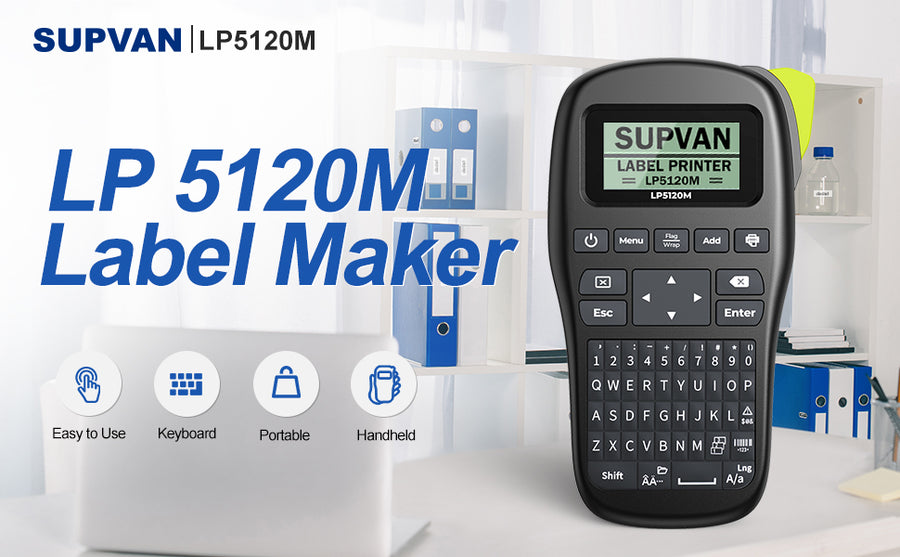Printer ink is a crucial component of any printing system. Whether you're printing out documents for work or photos for your family album, having the right ink can make all the difference in the quality and longevity of your prints. But what exactly is printer ink, and how does it work? In this article, we'll take a closer look at printer ink and explore some important things you need to know.

What is Printer Ink?
Printer ink is a liquid substance that is used to create images and text on paper. It is typically made up of a combination of water, dyes or pigments, and various chemicals that help the ink adhere to paper and dry quickly. There are two main types of printer ink: dye-based ink and pigment-based ink.
Dye-based ink is made up of colorants that dissolve in water. When printed on paper, the dye molecules spread out and mix together to produce a wide range of colors. Dye-based ink is generally less expensive than pigment-based ink, but it can be more susceptible to fading and smudging over time.
Pigment-based ink, on the other hand, contains tiny particles of color that are suspended in water-based solution. When printed on paper, the pigment molecules remain separate from each other, resulting in a more stable and long-lasting image. Pigment-based ink is generally more expensive than dye-based ink, but it is also more resistant to fading, water damage, and smudging.
How Does Printer Ink Work?
Many inkjet printers use a process called "thermal inkjet" to create images on paper. This involves heating up the ink in small droplets, which then get sprayed onto the paper. The print head of the printer contains tiny nozzles that release the ink droplets onto the paper in a precise pattern, creating images and text.
Other types of printers, such as laser printers, use a different method to create images on paper. Instead of ink, laser printers use toner, which is a fine powder that is melted onto the paper using heat. Toner particles are attracted to the charged areas of an image drum, which then get transferred onto the paper and fused into place using heat.
How to Extend the Life of Your Printer Ink
Printer ink can be expensive, so it's important to take steps to extend the life of your cartridges. Here are some tips to help you get the most out of your printer ink:
Print in draft mode: Most printers have a draft mode setting that uses less ink when printing documents. This mode is especially useful for printing drafts or internal documents that don't need to look perfect.
Use grayscale instead of color: If you're printing text documents, there's no need to use color ink. Switching to grayscale can save a significant amount of ink over time.
Avoid unnecessary printing: Before hitting the print button, ask yourself if the document really needs to be printed. Printing unnecessarily wastes ink and paper.
Properly Disposing of Printer Ink Cartridges
How much is printer ink / how much does printer ink cost
The cost of printer ink can vary greatly depending on the brand and type of printer you have, as well as the type of ink cartridge you need. Generally speaking, printer ink is one of the most expensive liquids in the world, and it can cost anywhere from a few dollars to over $100 per cartridge.
For example, a standard black ink cartridge for an HP OfficeJet Pro printer may cost around $23, while a high-yield black ink cartridge for the same printer may cost around $70. Color ink cartridges can be even more expensive, with some brands costing upwards of $40 per cartridge.
It's important to note that while cheaper ink cartridges may seem like a good deal at first glance, they often have a shorter lifespan and can end up costing you more money in the long run. Investing in high-quality ink cartridges from a reputable brand can help ensure that your prints look great and last a long time.







Leave a comment